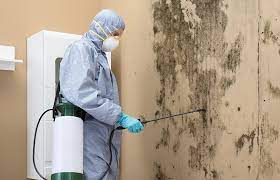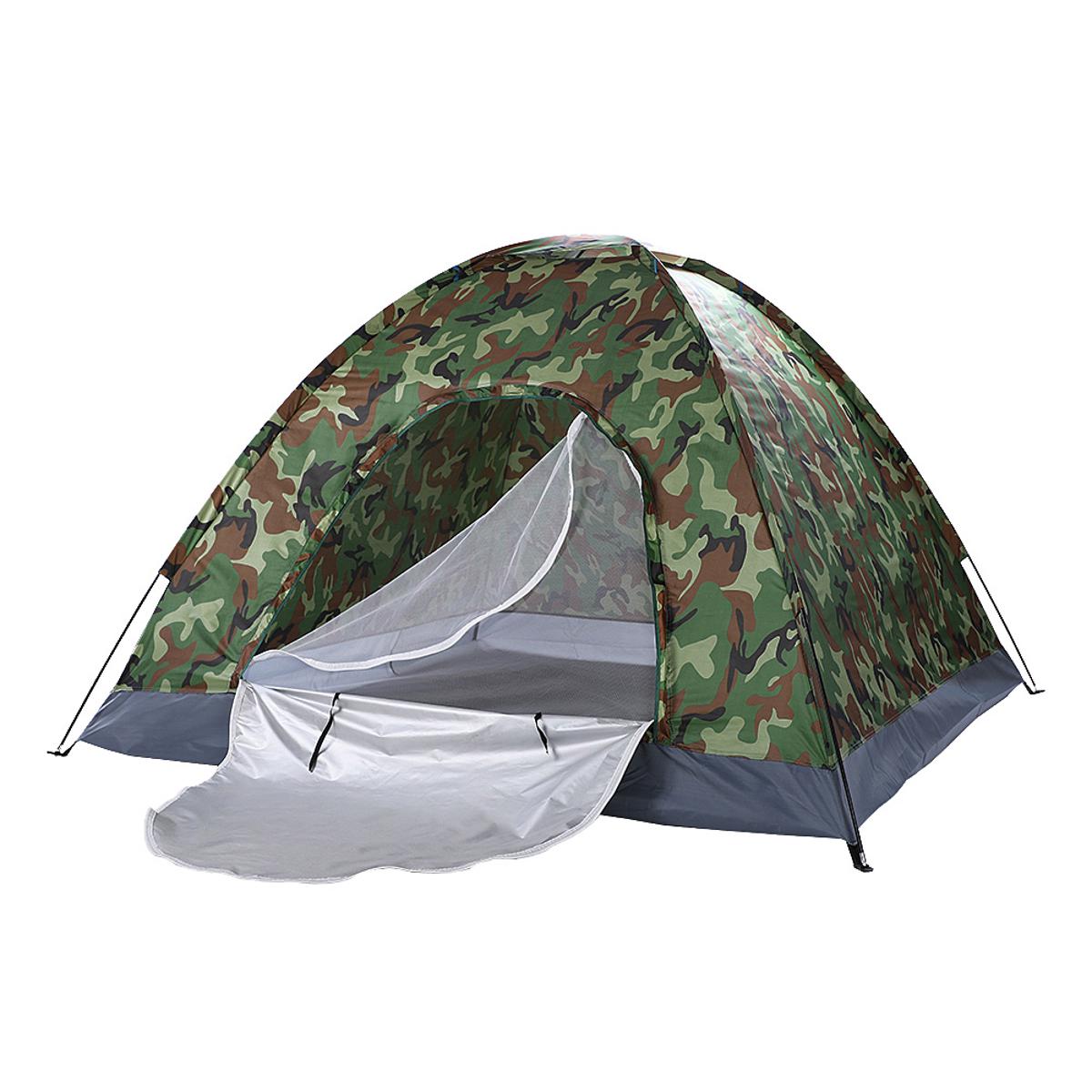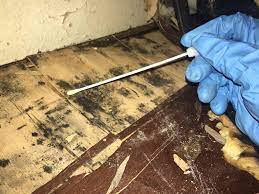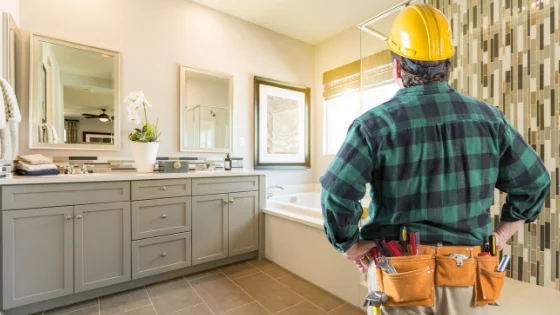Being faced with mold growth in your home can be difficult and stressful. If mold is not properly removed, it can harm your property in addition to posing health risks. There are common errors that homeowners frequently make when it comes to mold removal, unknowingly putting themselves in danger and possibly making the situation worse. In order to ensure a secure and efficient mold remediation process, we will go over common mistakes to avoid in mold removal and share insightful professional lessons.
1. Neglecting Personal Protective Equipment (PPE): Forgetting to wear the proper PPE while removing mold is one of the most serious errors made by homeowners. It’s important to protect yourself from mold spores because they can lead to allergic reactions and respiratory problems. To reduce exposure to mold spores and reduce health risks, experts advise donning gloves, goggles, and a N95 respirator mask.
2. Inadequate Containment Measures: Not properly containing the mold-affected area during removal is another error. If containment measures are not put in place, mold spores may spread to other areas of the home and cause further contamination. To avoid cross-contamination and guarantee that mold spores are contained within the work area, experts use physical barriers and negative air pressure systems.
3. Inadequate Mold Removal Methods: Inadequate mold removal methods can be ineffective and even exacerbate the issue. Using bleach or other household cleaners to remove mold is a typical error. While bleach can kill mold on the surface, it is ineffective at getting rid of mold spores or dealing with mold growth from the inside. To ensure complete removal and stop regrowth, experts use specialized mold removal Tulsa methods like HEPA vacuuming, dry ice blasting, and antimicrobial treatments.
4. Failure to Address the Underlying Moisture Problem: Because mold prefers moist environments, resolving the underlying moisture problem is essential for effective mold removal. Mold will continue to grow if the visible mold is only removed without addressing the source of moisture. Professionals perform a thorough inspection of the property to determine the source of the moisture issue and make any necessary repairs, ventilation enhancements, or moisture control measures.
5. Insufficient Dehumidification and Drying: After removing the mold, proper dehumidification and drying are crucial. Mold regrowth can occur if the affected area is not thoroughly dried. To ensure that all moisture is effectively removed and reduce the possibility of future mold growth, professionals use industrial-grade dehumidifiers, air movers, and moisture meters.
6. Lack of Proper Disposal Procedures: Improper disposal of materials contaminated with mold can lead to additional contamination and the spread of mold spores. Homeowners frequently commit the error of throwing away mold-contaminated materials in regular trash cans, which can cause the spores to spread to other parts of the house. Professionals seal and dispose of materials contaminated with mold according to the correct procedures to avoid cross-contamination.
7. Not Seeking Professional Help: It’s a common mistake to try to handle significant mold infestations on your own. DIY mold removal can seem cost-effective, but it can also be dangerous and ineffective, especially if the mold problem is large or persistent. Professionals can remove mold safely and effectively with their knowledge, tools, and expertise, resulting in the best results.
8. Missing Hidden Mold: Mold growth is not always apparent to the unaided eye. It can conceal itself beneath flooring, inside ceiling cavities, or behind walls. Ignoring hidden mold can result in incomplete remediation and lingering problems. Professionals use cutting-edge methods to find hidden mold and guarantee thorough removal, including thermal imaging, moisture meters, and mold testing.
9. Ignoring Proper Ventilation: To encourage air circulation and prevent the buildup of moisture, proper ventilation is essential during the removal of mold. Homeowners frequently commit the error of ignoring ventilation, which can obstruct drying and foster the growth of mold. During the remediation process, experts use industrial-grade airmovers and ensure proper ventilation.
10. Lack of Post-Remediation Inspection: Many homeowners make the error of skipping the important post-remediation inspection step after finishing the mold removal process. An inspection of the property after remediation makes sure that all of the mold has been completely eliminated and that it is safe to occupy. To confirm the effectiveness of the remediation process, experts carry out thorough inspections, collecting air samples, and performing visual assessments.
Conclusion:
Mold removal is a task that needs to be done carefully and with the right knowledge. Homeowners can guarantee a secure and efficient mold remediation process by avoiding common mistakes. Successful mold removal requires consulting a professional, donning the proper PPE, putting in place appropriate containment measures, addressing the underlying moisture problem, and adhering to industry best practices, click here to learn more. Always remember that prevention is always preferable to treatment when it comes to mold. Regular inspections, quick action in the event of a water emergency, and upkeep of a dry, well-ventilated environment can all aid in stopping the onset of mold growth. It is always advisable to consult experts like All American Restoration who have the knowledge, experience, and tools necessary to handle mold removal effectively and protect your family’s and your home’s health and wellbeing if you are dealing with a significant mold infestation.

















Leave a Reply